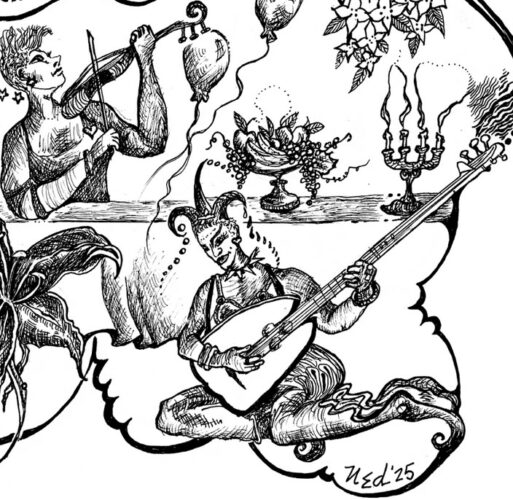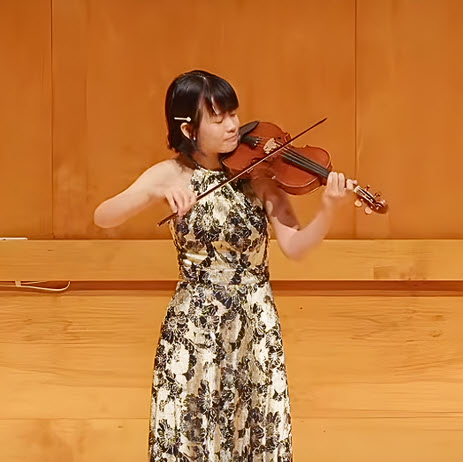by Kyle MacMillan
Published September 30, 2024
Chicago’s Bella Voce opens its 2024-25 season with music exploring the cultural link on both sides of the Atlantic
‘There’s just so much incredible music that has not been performed’
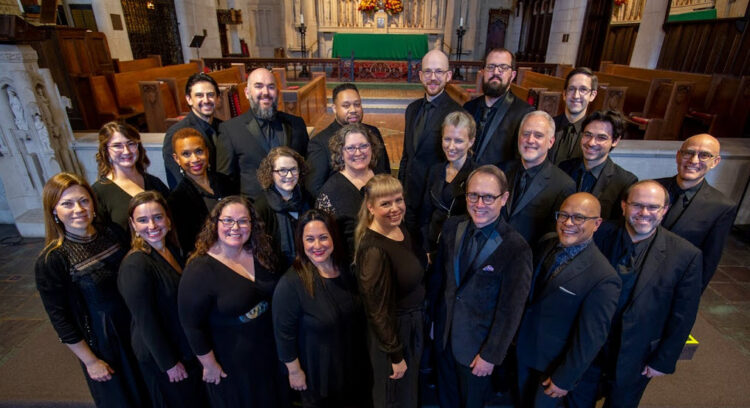
Inspired by recent scholarly discoveries and driven by a new urgency for equity and inclusion, many early-music groups are rushing to present old music from the New World — principally from the former colonies of Spain and Portugal.
One of the latest ensembles to delve into this still under-performed repertory is Bella Voce, a 41-year-old chamber choir that specializes in Renaissance and Baroque music from Europe as well as contemporary works that draw on those traditions. The Chicago choir, conducted by Andrew Lewis, will open its 2024-25 season with performances Oct. 5 and 6 of Iberia and the Americas, a program of 16th- and 17th-century works exploring the musical and cultural links between Spain and Portugal and their colonies in what is today called Latin America.
Featured will be composers born in the New World as well as music by peninsulares, who came from Spain to its vast colonial holding in the Americas known as New Spain, plus a couple of notable figures like Francisco Guerrero (1528–1599) whose music crossed the Atlantic though they never made the trip themselves.
“Music in this context was not merely transplanted; it was transformed and adapted to meet the unique social and cultural dynamics of colonial life, where diverse cultures had to coexist,” writes Bella Voce’s program annotator, Paul Feller-Simmons.
Artistic Director Lewis’ first encounter with the richness of early European-inspired music in the Americas came about 15 years ago. He stumbled across a journal article suggesting that the Missa pro defunctis by Cristóbal de Morales (ca. 1500–1553), one of Spain’s most renowned Renaissance composers, was performed in 1559 in Mexico City at a memorial service for Holy Roman Emperor Charles V.
He was stunned to learn that there was “an expansive trade in music and art between the Old and New Worlds” and that “there’s a burgeoning of people researching this area right now.”

The Morales revelation led him to partner with musicologist Gustavo Leone in 2013 to perform music with Bella Voce from the Chiquitos missions in Bolivia and again for Expanding the Choral Canon, a program that was recorded in 2023 and performed live earlier this year. The latter project included music by New World composers like Juana Inés de la Cruz, a Mexican nun who was a philosopher, poet, and composer. It was spearheaded by Liza Calisesi Maidens, who conducted the digital release.
Propelling Lewis’ work in this direction was a desire to know more about the global reach and regional inflections of polyphony, a musical style with two or more independent musical lines performed at the same time. Though its origins are unknown, the first extant examples of polyphony in the Western church date to about 900, and it dominated late Medieval and Renaissance music.
At the same time, Lewis was inspired by the Black Lives Matter movement and the recent push in the classical music world for more diversity, including increased programming of works by women and people of color. “Everyone is rightly concerned about expanding the canon to include under-represented or even ignored composers,” Lewis said, “and I think that’s important socially for us. But also there’s just so much incredible music that has not been performed.”
‘Just a huge repertoire out there’
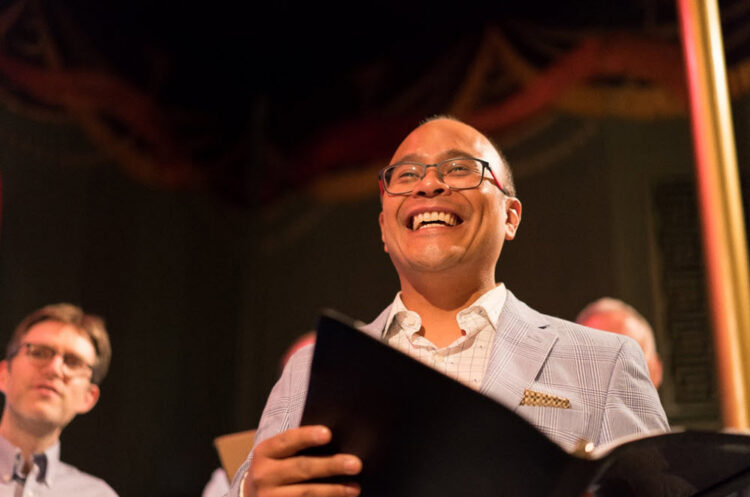
Oliver Camacho, who has sung with Bella Voce since 2004 and serves on its board of directors, encouraged Lewis to pursue exactly what this program accomplishes — delivering diversity while also staying true to the ensemble’s roots. “How can we expand our mission to be more inclusive while still being on brand? And this was the solution,” Camacho said.
Iberia and the Americas has a special meaning for Camacho, who is of half-Mexican descent. “I’m someone who loves the Anglican tradition and I love Renaissance polyphony,” he said, “but I don’t always see myself in that music. I’ve always had to extrapolate my own ideas about inclusivity to feel like there is still a part of me in it.”
While some of Lewis’ program ideas never reach fruition, he made sure Iberia and the Americas did. He began actively working on the program about six months ago and did all the research online through JSTOR, a website that provides university scholars access to academic journals and papers.
Bella Voce has done projects in which pieces were in manuscript form and had to be transcribed into modern notation. “Fortunately,” he said of this program, “these pieces have all been published. I was surprised at how much was available. That seemed to me to be kind of a no-brainer, to find the works that are published and reasonably well-edited.”
The a cappella Iberia and the Americas program features 20 singers and contains nine works by seven composers. Most of the polyphony running through these selections is for five or more voices. “We think of the four-voice texture as being the norm, but really a lot of the polyphony has all sorts of different voicings,” Lewis said.
The program culminates with two works by Vicente Lusitano (ca. 1520–1561), a Portuguese composer of African descent, including his eight-voice Marian motet, Inviolata, integra et casta. “His works, much like those of his contemporary Cristóbal de Morales and Francisco Guerrero, certainly circulated throughout Spain and Portugal and were performed in New Spain’s cathedrals,” writes Feller-Simmons. Lewis is so enthusiastic about Lusitano’s music that he wants to do a set of concerts entirely focused on the long-overlooked composer.
For the rest of the line-up, he looked first at major composers like Hernando Franco (1532-1585), whose Salve Regina á 5 is the opening selection, and then tried to find connections between them and others in the New World. He looked at key cultural centers like Puebla, Mexico, studying who served as chapel masters at its cathedral. That research led him to Dios itlaçonantzine by Hernando Don Franco (or Francisco), an Indigenous musician from New Spain who studied under Hernando Franco, a Spaniard who had moved to Guatemala and Mexico, ultimately serving as chapel master at the Mexico City cathedral.
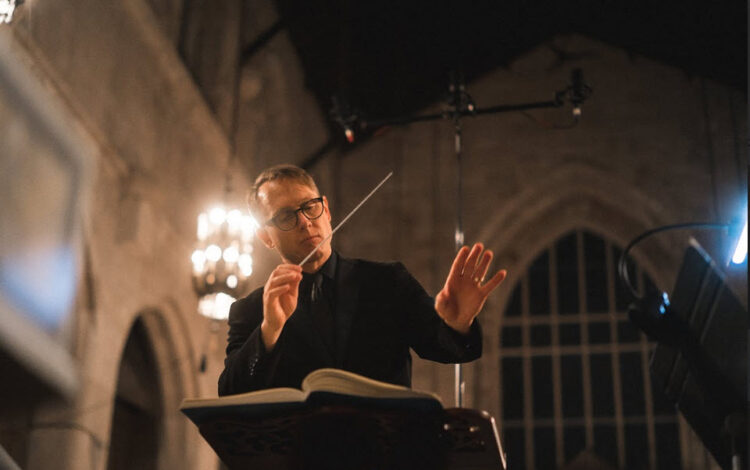
“Written in Nahuatl, the language of the Mexica (Aztecs), this [Hernando Don Franco] piece is a powerful example of how European musical traditions were adapted by local musicians, fusing Spanish Renaissance polyphonic traditions with indigenous language and missionary objectives,” writes Feller-Simmons. The Bella Voce singers are managing the text with the help of a pronunciation guide and a recording provided by the work’s publisher.
There are two works on the program by Francisco López Capillas (1608-1674), whom Lewis described as the “first notable composer” born in the Americas. He became principal organist and choirmaster at the Mexico City cathedral in 1654. The second selection is titled In horrore visionis nocturnae (In troubled thoughts from visions of the night), drawing on what Lewis called a “very odd text” from the Book of Job. “I wanted to include that just because I was so fascinated by the text,” he said.
Finishing the first half is Exsultate, Iusti, in Domino, what Lewis calls a “big and exciting-sounding” work for double choir, by Juan Gutiérrez de Padilla (ca. 1590–1664), another of the peninsulares.
In addition to the two works by Lusitano, the second half features selections by two Spanish composers who never came to New Spain but whose music did — Morales and Guerrero. It opens with the “Requiem aeternam” from Missa pro Defunctis á 5 (1544) — the Requiem Mass that first opened Lewis’ eyes to the music world of the Americas.
Lewis sees Expanding the Choral Canon and Iberia and the Americas as the first two installments of what he hopes will be a five-year series featuring music of the Americas, including even later works right up to the Classical Era. “There is just a huge repertory out there,” he said. “We could do all these programs for the rest of my life and not repeat anything.”
Kyle MacMillan served as the classical music critic for the Denver Post from 2000 through 2011. He is now a freelance journalist in Chicago, contributing regularly to the Chicago Sun-Times and writing for national publications and websites including the Wall Street Journal, Chamber Music Magazine and Classical Voice of North America.

